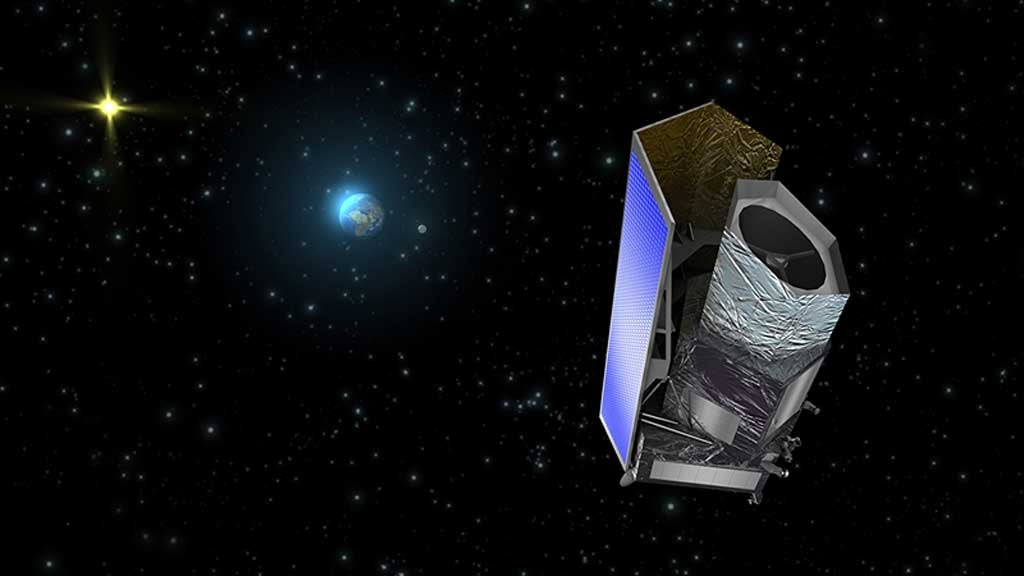Euclid will launch in 2020 and spend six years mapping the locations and measuring the shapes of as many as 2 billion galaxies spread over more than one-third of the sky. It will study the evolution of our universe and the dark matter and dark energy that influence its evolution in ways that still are poorly understood.
The telescope will launch to an orbit around the Sun-Earth Lagrange point L2. The Lagrange point is a location where the gravitational pull of two large masses, the Sun and Earth in this case, precisely equals the force required for a small object, such as the Euclid spacecraft, to maintain a relatively stationary position behind Earth as seen from the Sun.
“NASA is very proud to contribute to ESA’s mission to understand one of the greatest science mysteries of our time,” said John Grunsfeld from NASA Headquarters in Washington, D.C.
NASA and ESA recently signed an agreement outlining NASA’s role in the project. NASA will contribute 16 state-of-the-art infrared detectors and four spare detectors for one of two science instruments planned for Euclid.
“ESA’s Euclid mission is designed to probe one of the most fundamental questions in modern cosmology, and we welcome NASA’s contribution to this important endeavor, the most recent in a long history of cooperation in space science between our two agencies,” said Alvaro Giménez from ESA.
In addition, NASA has nominated three U.S. science teams, totaling 40 new members for the Euclid Consortium. This is in addition to 14 U.S. scientists already supporting the mission. The Euclid Consortium is an international body of 1,000 members who will oversee development of the instruments, manage science operations, and analyze data.
Euclid will map the dark matter in the universe. Matter as we know it — the atoms that make up the human body, for example — is a fraction of the total matter in the universe. The rest, about 85 percent, is dark matter consisting of particles of an unknown type. Dark matter first was postulated in 1932 but still has not been detected directly. It is called dark matter because it does not interact with light. Dark matter interacts with ordinary matter through gravity and binds galaxies together like an invisible glue.
While dark matter pulls matter together, dark energy pushes the universe apart at ever-increasing speeds. In terms of the total mass-energy content of the universe, dark energy dominates. Even less is known about dark energy than dark matter.
Euclid will use two techniques to study the dark universe, both involving precise measurements of galaxies billions of light-years away. The observations will yield the best measurements yet of how the acceleration of the universe has changed over time, providing new clues about the evolution and fate of the cosmos.










